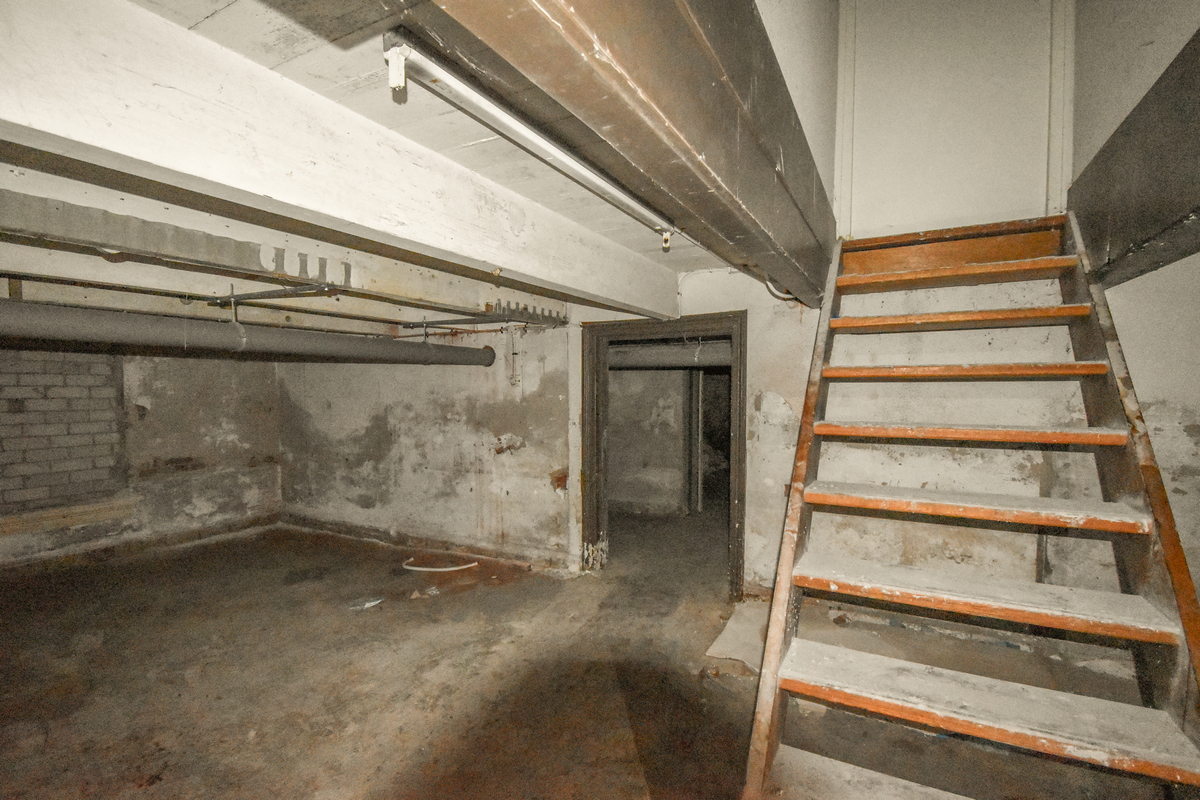Get the week's most popular posts delivered to your inbox.
Our weekly update is free yet priceless and you're less than a minute away from getting the current edition.
In the unlikely event we disappoint, you can unsubscribe with a single click!
Last Updated on October 30, 2025 by teamobn
Many homeowners rarely think about their basements until a problem arises. But moisture in these areas can lead to serious (and costly) consequences if left unaddressed. What may seem like a minor issue now — damp walls, musty odors, and a bit of condensation — can spiral into major repairs that affect your entire home.
Here’s why basement moisture problems often cost more than you think — and what proactive steps you can take to protect your property with solutions like basement waterproofing.
Contents
The True Costs of Basement Moisture
Moisture problems in basements are far more than a nuisance — they can trigger serious financial, structural, and health-related consequences if left unchecked. Investing in basement waterproofing services, air sealing, and related moisture control solutions is a smart way to prevent long-term damage. Here’s what’s at stake:
1. Structural Damage
Moisture causes wood framing, floor joists, and support beams to weaken and rot over time. It can also lead to foundation cracks and damage to masonry walls. These structural repairs are complex and expensive, often running into the thousands of dollars if caught late.
2. Mold and Indoor Air Quality
A damp basement creates the perfect breeding ground for mold and mildew. Air from these areas circulates upward into living spaces, spreading mold spores that can trigger allergies, respiratory issues, and long-term health risks. Mold remediation is both costly and disruptive.

3. Energy Inefficiency
Moisture-damaged insulation loses its effectiveness. As a result, your HVAC system must work harder to maintain comfortable indoor temperatures, leading to skyrocketing energy bills, an ongoing expense that quickly adds up.
4. Pest Infestation
Moist environments attract pests such as termites, carpenter ants, rodents, and more. These intruders can cause extensive damage to your home’s wood, insulation, and wiring, adding expensive pest control and repair bills to your costs.
5. Decreased Home Value
If your home shows signs of moisture damage, visible mold, foundation cracks, or musty odors, buyers will hesitate. Moisture issues can significantly reduce your property’s value and make it more challenging to sell.
Why Early Action Saves Money
One of the most common and costly homeowner mistakes is assuming basement moisture will eventually “dry out on its own.” In reality, moisture problems tend to worsen over time. Persistent humidity fosters mold, accelerates wood rot, and can compromise the stability of your foundation. What starts as a small issue can turn into structural damage that costs tens of thousands to repair.
Early action is far more affordable. Solutions such as improving drainage, sealing vents and air leaks, installing vapor barriers, or investing in professional basement waterproofing can prevent major expenses later. Addressing moisture issues now will also improve your home’s energy efficiency, protect indoor air quality, and prevent costly pest infestations.
In short: the sooner you act, the more you save — protecting your home’s value, comfort, and long-term structural health. Proactive prevention always pays off.
Signs of Basement Moisture Problems
Basement moisture issues often develop slowly, but the sooner you catch them, the easier (and less expensive) they are to resolve. Recognizing these early warning signs is key to avoiding costly repairs down the road:
- Musty, damp odors in the basement or rising through vents
Persistent musty smells usually indicate mold, mildew, or hidden moisture buildup behind walls or under flooring. - Visible mold or mildew on basement walls, floors, or ceiling joists
Even small patches of mold suggest elevated humidity or water intrusion — a clear signal that basement waterproofing may be needed. - Condensation on pipes, ductwork, windows, or basement walls
When warm, humid air meets cool surfaces, condensation forms — often a sign of poor ventilation or inadequate moisture control. - Damp or stained walls and floors
Water stains, peeling paint, or efflorescence (white powdery deposits) on masonry walls are common signs of water seepage. - Warped, cupped, or uneven flooring above the basement
Moisture rising from below can distort wood or laminate floors and damage subfloor materials. - Increased allergy, asthma, or respiratory symptoms
Mold spores and excess humidity from a damp basement can circulate throughout your home, impacting indoor air quality and
If you notice any of these signs, don’t wait. Schedule a professional basement inspection to pinpoint the source and extent of the problem. Early intervention with basement waterproofing solutions can prevent serious (and expensive) damage.
Recommended Basement Waterproofing Solutions
Effectively managing basement moisture requires a comprehensive, tailored approach — there is no universal fix. The most successful basement waterproofing strategies typically combine multiple proven methods to create a dry, healthy, and energy-efficient environment. Here are the most effective solutions:
Interior Basement Waterproofing
Interior methods such as drainage channels, sump pumps, and vapor barriers help collect and redirect water that enters the basement, preventing standing water and reducing humidity levels.
Exterior Basement Waterproofing
Exterior solutions address the problem at its source — preventing water from reaching your basement walls. Techniques include excavating around the foundation to install waterproof membranes, exterior drainage systems, and proper grading to direct surface water away from the home.
Foundation Crack Repair
Cracks in foundation walls or floors are common points of water entry. Professional repair using epoxy or polyurethane injection seals cracks and prevents future leaks.
French Drains & Sump Pumps
Installing a perimeter French drain system with a reliable sump pump ensures that groundwater is effectively captured and pumped away from your foundation, keeping the basement dry even during heavy rains.
Basement Dehumidification
Even with excellent waterproofing, controlling humidity is crucial. High-capacity basement dehumidifiers maintain ideal humidity levels (below 60%) to prevent mold growth and protect stored belongings.
Air Sealing
Sealing gaps and cracks around windows, vents, utility penetrations, and rim joists prevents humid outdoor air from entering and reduces moisture buildup.
Final Thoughts
Basement moisture problems may start small, but if left unaddressed, they can lead to significant structural damage, poor indoor air quality, pest infestations, and increased energy costs. The good news? Professional basement waterproofing is highly effective and affordable when addressed early.
By understanding the risks and investing in the right preventive strategies, you can protect your home’s foundation, air quality, energy efficiency, and resale value for years to come.
Don’t wait — if you notice signs of basement moisture, take action today. A dry, healthy basement is an investment in your home’s long-term health.
Get the week's most popular posts delivered to your inbox.
Our weekly update is free yet priceless and you're less than a minute away from getting the current edition.
In the unlikely event we disappoint, you can unsubscribe with a single click!






